Expansion of HVAC Systems
The expansion of heating, ventilation, and air conditioning (HVAC) systems is likely to drive growth in the OEM Insulation Market. As climate control becomes increasingly essential in residential and commercial buildings, the demand for effective insulation solutions that enhance HVAC efficiency is on the rise. Insulation plays a critical role in minimizing energy loss and ensuring optimal performance of HVAC systems. With The OEM Insulation Market projected to grow at a steady pace, the OEM Insulation Market is expected to benefit from increased demand for insulation materials that support energy-efficient HVAC installations. This trend underscores the importance of insulation in achieving overall energy efficiency in modern buildings.
Growth in Construction Activities
The resurgence of construction activities in both residential and commercial sectors is likely to serve as a significant catalyst for the OEM Insulation Market. As urbanization continues to expand, the demand for new buildings and infrastructure projects is on the rise. According to recent data, the construction sector is projected to grow at a compound annual growth rate of approximately 5% over the next few years. This growth is expected to drive the need for effective insulation solutions that enhance thermal performance and energy efficiency. Consequently, the OEM Insulation Market stands to gain from increased orders for insulation materials as builders seek to comply with energy efficiency standards and improve occupant comfort.
Rising Energy Efficiency Standards
The increasing emphasis on energy efficiency standards across various industries appears to be a pivotal driver for the OEM Insulation Market. Governments and regulatory bodies are implementing stringent regulations aimed at reducing energy consumption and greenhouse gas emissions. This trend is likely to propel the demand for high-performance insulation materials that meet these standards. For instance, the implementation of energy codes in construction mandates the use of advanced insulation solutions, thereby creating a substantial market opportunity. The OEM Insulation Market is expected to benefit from this shift, as manufacturers innovate to produce materials that not only comply with regulations but also enhance overall energy efficiency in buildings and industrial applications.
Increased Awareness of Environmental Impact
The growing awareness of environmental issues among consumers and businesses is influencing the OEM Insulation Market. As sustainability becomes a priority, there is a marked shift towards eco-friendly insulation materials that minimize environmental impact. This trend is evident in the rising demand for products made from recycled or renewable resources. Manufacturers are responding by developing insulation solutions that not only provide thermal efficiency but also align with sustainable practices. The market for green building materials is projected to expand significantly, and the OEM Insulation Market is poised to capitalize on this shift as more stakeholders prioritize sustainability in their purchasing decisions.
Technological Innovations in Insulation Materials
Technological advancements in insulation materials are transforming the OEM Insulation Market. Innovations such as aerogel, vacuum insulation panels, and phase change materials are emerging, offering superior thermal performance and energy efficiency. These advanced materials are increasingly being adopted in various applications, including automotive, aerospace, and construction. The introduction of smart insulation solutions that can adapt to environmental changes is also gaining traction. As manufacturers invest in research and development to create more efficient and sustainable insulation products, the OEM Insulation Market is likely to experience a surge in demand for these innovative solutions, which could redefine industry standards.


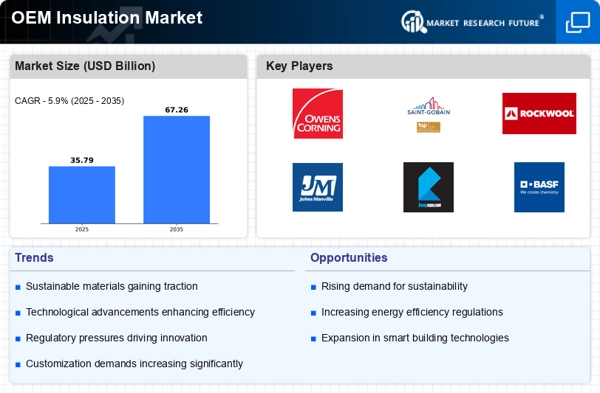
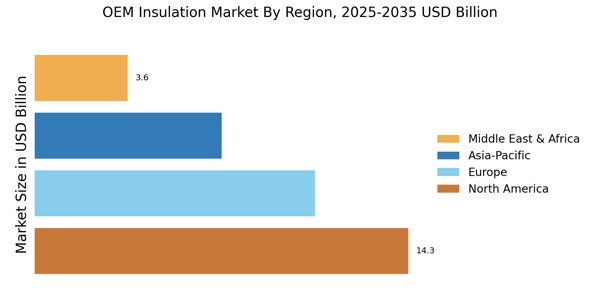

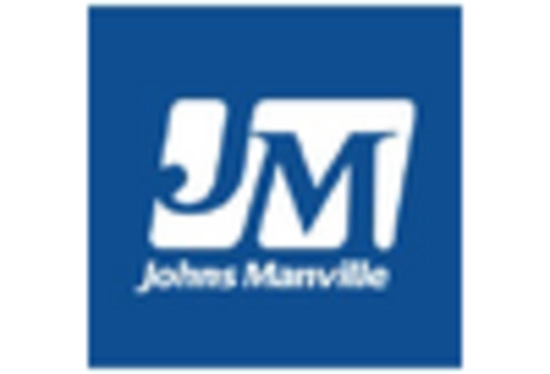
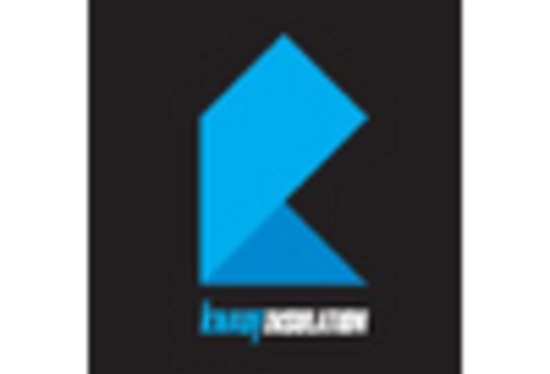
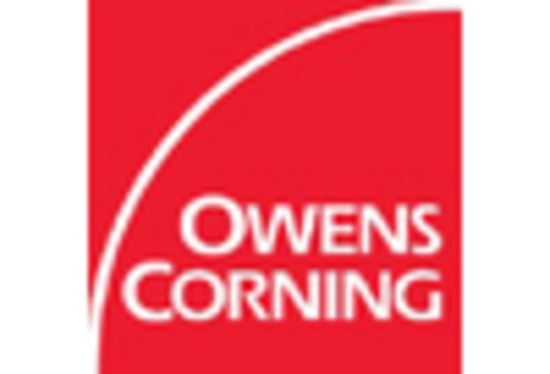
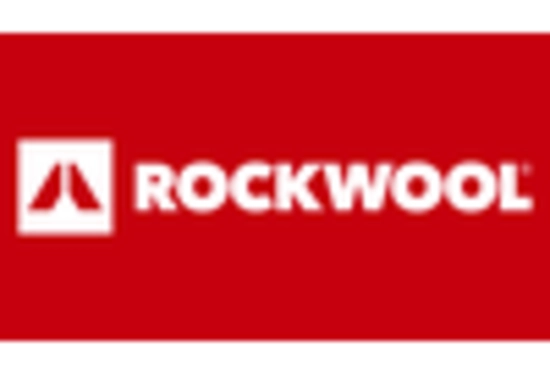









Leave a Comment